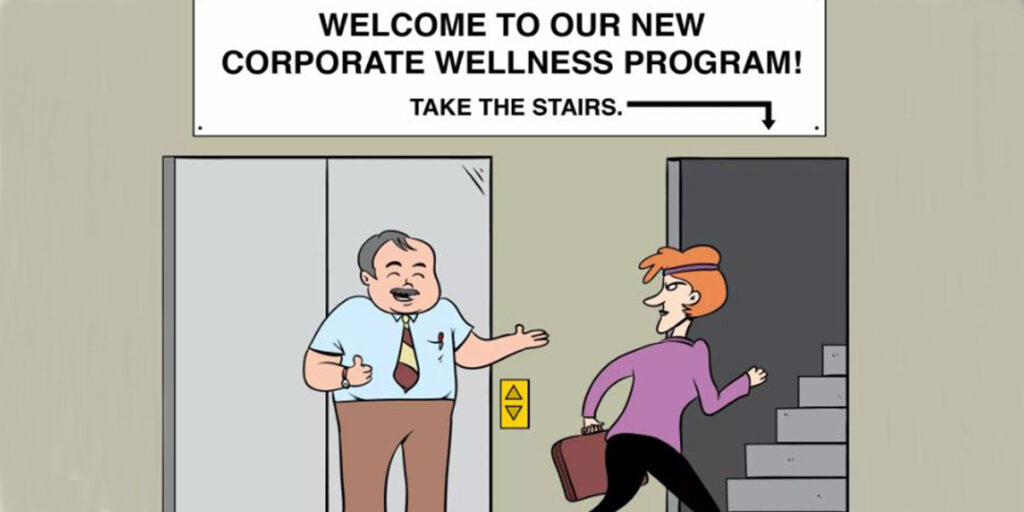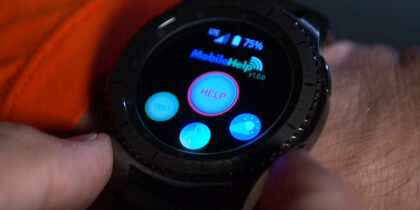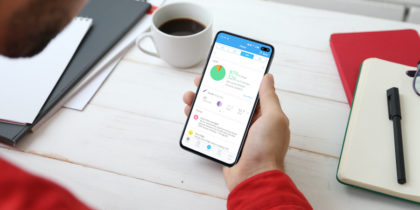As a health plan, adding gamification solutions to a standard workplace wellness program could be the incentive that convinces your clients’ employees to get off the bench and into the game. For most people, games aren’t just a casual diversion — they drive spirited competition, encourage sociability and provide a simple excuse to have fun. The investment people place in their games can be leveraged to encourage greater participation in health incentives like corporate wellness. Here are five reasons why you should add gamification to the workplace wellness options that you offer your clients.

1. Boost engagement. UnitedHealthcare’s Consumer Sentiment Survey recently found that 70 percent of employers offer corporate wellness programs. However, the same survey also found that 63 percent of respondents were unwilling to spend at least an hour per day on improving their health. Gamification — like point tracking, rewards and leaderboards — makes participation more fun and can persuade users to spend more time on healthy activities.
2. Capitalize on human nature. Some people don’t like change. Gamifying fitness goals provides a small nudge of encouragement to make tiny changes that, when added together, create a healthier lifestyle. For example, if a participant earns a medal icon in their fitness app for every 1,000 steps they take, that creates a positive feedback loop. Earning that icon is a small win, but may just be enough to encourage the next 1,000 steps.
3. Piggyback on the popularity of wearables. IDC expects the global wearables market to more than double by 2021, with 240.1 million units projected to ship that year — up from 104.3 million in 2016. Incorporating wearables such as the Samsung Gear Sport or Fit2 Pro into workplace wellness programs allows for easy use of apps to gamify the programs. Users or IT device managers can set alerts to remind wearers to stand, walk or drink more water. They can also track the wearer’s personal progress and compare that to a company-wide leaderboard. The wearable itself can serve as a constant reminder to participate in the program.
Improve Employee Wellness With Wearables
Get your free guide to using wearables to help keep your employees healthy, present and productive. Download Now
4. Increase social support. Some gamified wellness apps let users send encouraging notes or messages to one another. Eating better, staying fit, quitting smoking — all are laudable goals, but self-motivation can be difficult to maintain. Gamification adds a social element that lets users know they’re not alone. Users who feel motivated today can offer encouragement to those who are struggling.
5. Keep them coming back. Healthy employees are more likely to be present employees. The CDC found that productivity losses from missed work cost employers $225.8 billion per year or $1,685 per employee. If gamified apps lead to even small gains in workplace wellness participation, employers could see noticeable decreases in medical costs, premiums and employee absenteeism.
How Gamification Works in Wellness Programs
What does gamification in corporate wellness programs look like in practice?
One large North American health insurer offers employers a wellness program that uses wearable devices such as the Gear Sport. Eligible program participants can monitor their steps, set health goals and earn monetary rewards by meeting daily walking goals. Employees get to pick from a variety of activity trackers or can receive a credit if they already own one. They register and sync the device, which tallies the user’s fitness goals, such as walking at regular intervals, walking with intensity for a fixed amount of time, or walking a prescribed minimum number of steps for the day.
The program is having the desired effect for the health plan, helping employers and their employees. More than two-thirds of eligible employees registered their devices, and 65 percent are active with the program. The data won’t lie. For insurers, gamified programs entice employers to invest in these initiatives. The more engaging and successful the program, the more benefits employers will see in healthier employees and healthier bottom lines.
Learn more about how wearables can help keep your employees healthy, present and productive..








